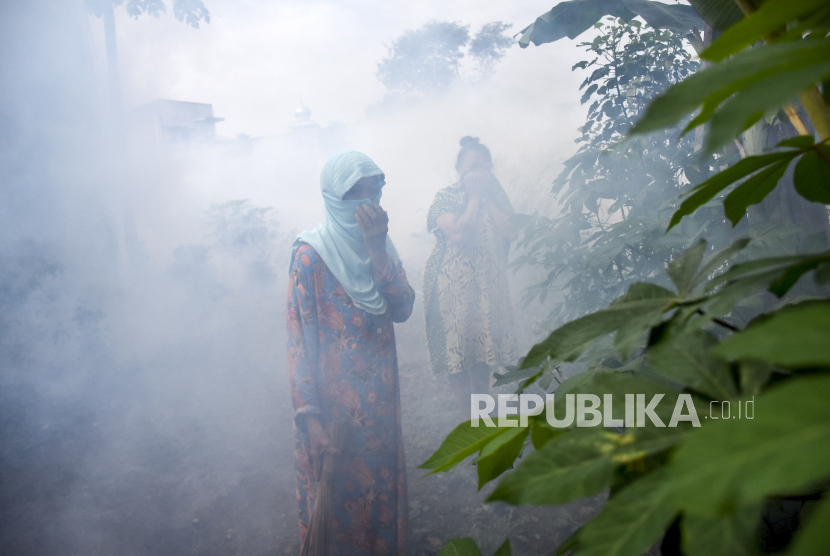An ambitious turning point, which found supporters but also critics, as well as the doubt that the authorities enter too tightly on individual freedoms. “We need a new approach and without a tobacco control program we won’t hit the target,” Verrall explained.
Floors – The plans include a gradual increase in the legal smoking age, a ban on the sale of cigarettes and tobacco products to anyone born after 2004, making smoking virtually illegal for that generation. In addition, a significant reduction in the level of nicotine and the restriction of the places where tobacco and cigarettes can be sold were considered.
The proposals were welcomed by numerous public health organizations. Which note that smoking is more pronounced in low-income communities. “These blatant inequities are why we need to protect future generations from the harms of tobacco,” Cancer Society chief executive said. Lucy Elwood.
The criticisms – At the same time, there are doubts and criticisms of the smoke-free turnaround pursued by Labor Prime Minister Ardern. Especially small shopkeepers who sell tobacco tremble, and there is also the risk that organized crime will see the black market prosper further (the government itself has admitted this risk). The right-wing opposition also found that lowering the nicotine rate could have the opposite effect, which is to push people to smoke more. Above all, the anti-smoking squeeze has raised questions about how far the government can go to intervene in people’s lives.
The context – Cigarettes in New Zealand cause one in four cancer deaths, and about half a million people are addicted to smoking. Among the most serious smokers there are the Maori. So much so that cancer is the leading cause of death among women in the indigenous community and the second among men.
– .


